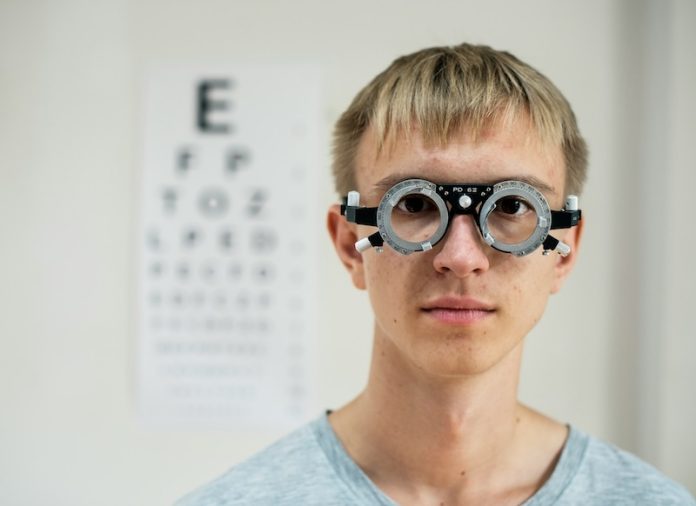
A new study funded by the National Institutes of Health and led by scientists at Johns Hopkins Medicine has uncovered how low blood sugar (hypoglycemia) may damage the eyes of people with diabetes.
The research, published in Science Translational Medicine, shows that hypoglycemia can weaken the blood-retinal barrier—a vital structure that protects the retina—potentially contributing to the progression of diabetic retinopathy, a major cause of vision loss in people with diabetes.
The researchers found that a protein called hypoxia-inducible factor (HIF) builds up in retinal cells during episodes of low blood sugar in diabetic mice. HIF is already known to play a role in eye diseases by promoting the growth of leaky blood vessels.
This new study shows that it also contributes to breaking down the blood-retinal barrier during hypoglycemia—a process that allows unwanted substances to enter the retina and damage sensitive eye tissue.
To test this, the researchers induced low blood sugar in both diabetic and non-diabetic mice. Only the diabetic miceshowed elevated levels of HIF and significant leakage from retinal blood vessels. The non-diabetic mice did not show this response, indicating that people with diabetes are especially vulnerable to eye damage during hypoglycemic episodes.
The team also tested a new experimental drug called 32-134D, which blocks the HIF protein. When diabetic mice were given this drug before experiencing low blood sugar, HIF levels stayed lower, and the retinal barrier remained intact. This prevented the leakage and damage typically seen during hypoglycemia.
Dr. Akrit Sodhi, the senior author of the study, explained that these findings may help explain why some patients who start tight blood sugar control—or who have large swings in glucose levels—see a worsening of diabetic eye disease.
While keeping blood sugar in a healthy range is important, the ups and downs, especially dips into low blood sugar, may trigger harmful changes in the eye.
“Our findings underscore why therapies targeting HIF will be an effective approach to prevent or treat diabetic retinopathy,” said Dr. Sodhi, a professor of ophthalmology at Johns Hopkins and the Wilmer Eye Institute.
The researchers plan to continue studying how HIF affects the retina and explore further the potential of 32-134D as a treatment. They hope to eventually begin clinical trials in people with diabetic retinopathy, bringing this research one step closer to real-world impact.
This study highlights the importance of stable blood sugar control in people with diabetes—not just avoiding high glucose levels, but also preventing dangerous drops. It also opens the door to new treatments that could stop diabetic retinopathy before it causes irreversible vision loss.
If you care about diabetes, please read studies about Vitamin D and type 2 diabetes, and what you need to know about avocado and type 2 diabetes.
For more information about diabetes, please see recent studies about how to eat to prevent type 2 diabetes, and 5 vitamins that may prevent complication in diabetes.
The research findings can be found in Science Translational Medicine.
Copyright © 2025 Knowridge Science Report. All rights reserved.



